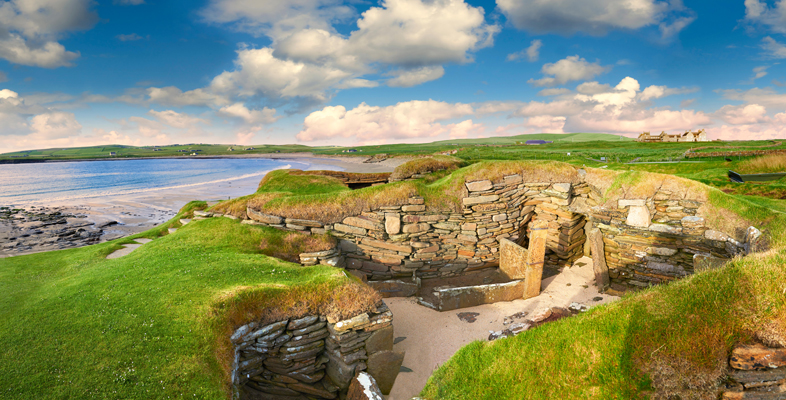2.5 The union
During the 1690s, economic conflict existed between Scotland and England. Scottish plans to set up a trading colony in the New World meant competition with the East India Company (which was supported by the English Government). The Darien scheme aimed to create a link between trading in the Pacific and Atlantic Oceans with the establishment of a port at the Isthmus of Darien (the area now known as Panama). The intention was that this would generate wealth through trade and provide an opportunity for Scots to settle on a new continent. Many thousands of ordinary Scottish citizens invested in the scheme. The investment totalled about half of the national capital, £500,000. The first ship set sail in 1698 and the settlers renamed the land Caledonia. Within months many of the settlers were sick and over 400 were dead. Further ships were sent. Of the sixteen ships that set sail only one returned. More than 2,000 lives were lost. The loss of £500,000 almost bankrupted the Scottish economy.
This economic debacle, coupled with poor harvests, led to the dissolution of the Scottish Parliament and created a climate in which a union with England could be tolerated. Some saw the advantage in such a union as it would create a large free trade area: in fact the largest free trade area in Europe. Others passionately argued against such a union. A treaty was however drawn up and considered by each Parliament. The English Parliament passed the Union with Scotland Act 1706 and the Scottish Parliament the Union with England Act 1707. These Acts abolished the separate Parliaments of Scotland and England and created one single Parliament at Westminster. Scotland gained 45 seats in the new 558 seat British House of Commons and sent 16 peers to sit in the House of Lords. The Act of Union became operative on 1 May 1707. The following October, the first Parliament of Great Britain sat at Westminster.
However, in spite of the Treaty of Union, the unique and separate Scottish legal system was retained. Scotland kept its separate judicial and court system including the Scottish Courts of Session and judiciary and legal offices such as the Lord Advocate.
The new Parliament of Great Britain was empowered to make new laws for Scotland, and to reform old laws where necessary. A new court was introduced into the legal system, the House of Lords in Westminster. Although many had argued that appeals in Scottish cases to the House of Lords from the Court of Session should not be allowed as few of the Law Lords in the House of Lords would have any expertise in Scots law, in the end, appeals were permitted, but in limited circumstances.


